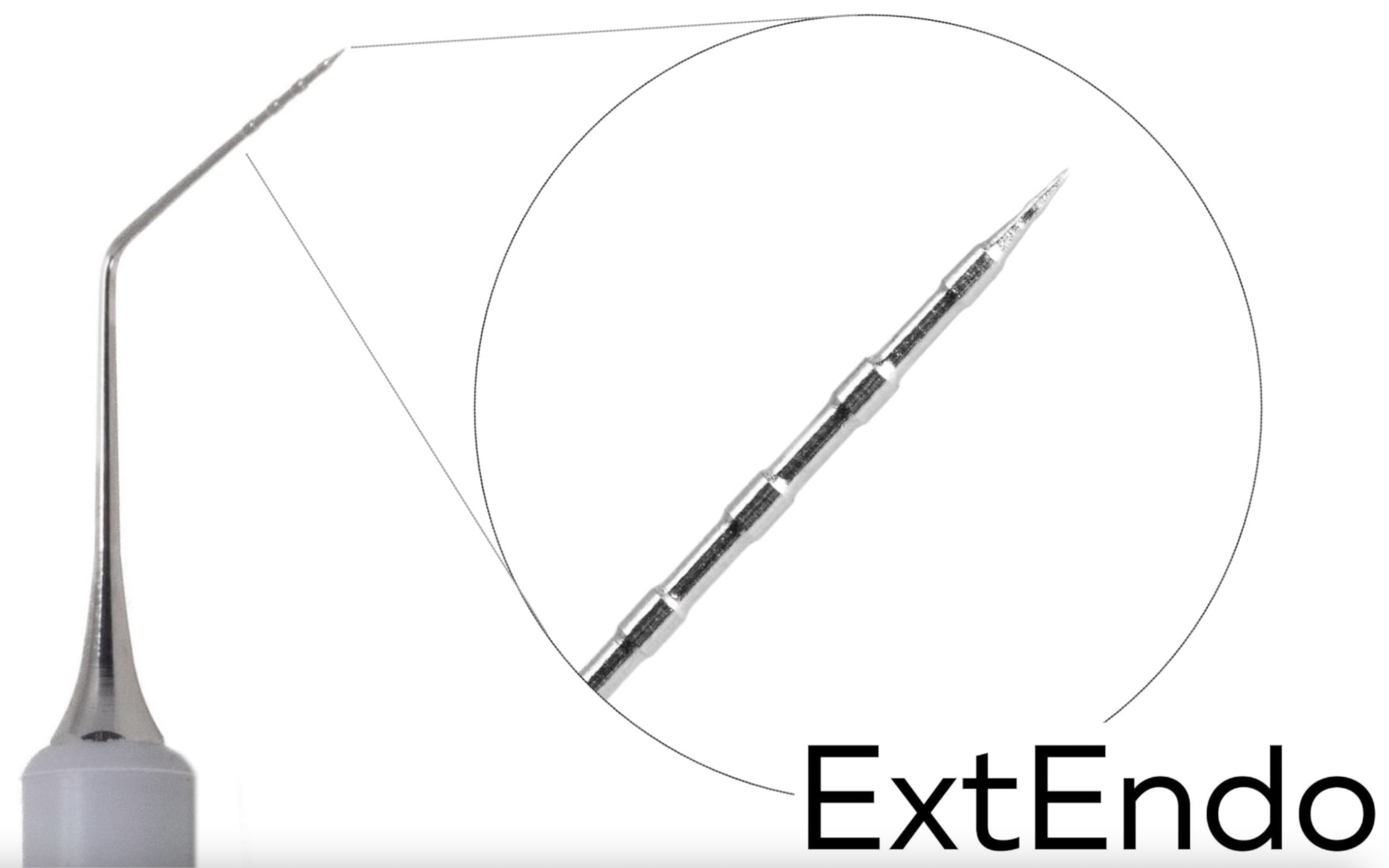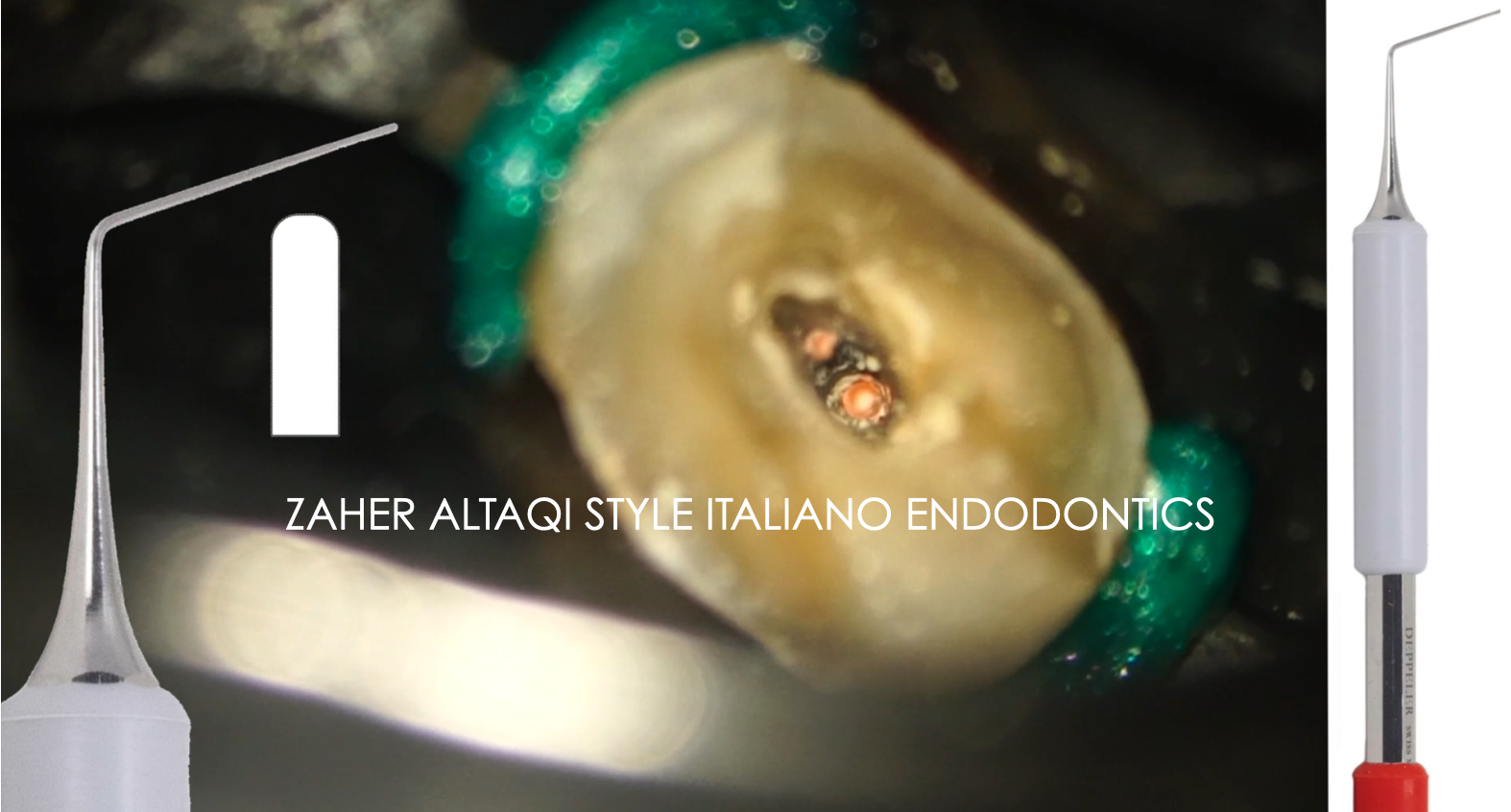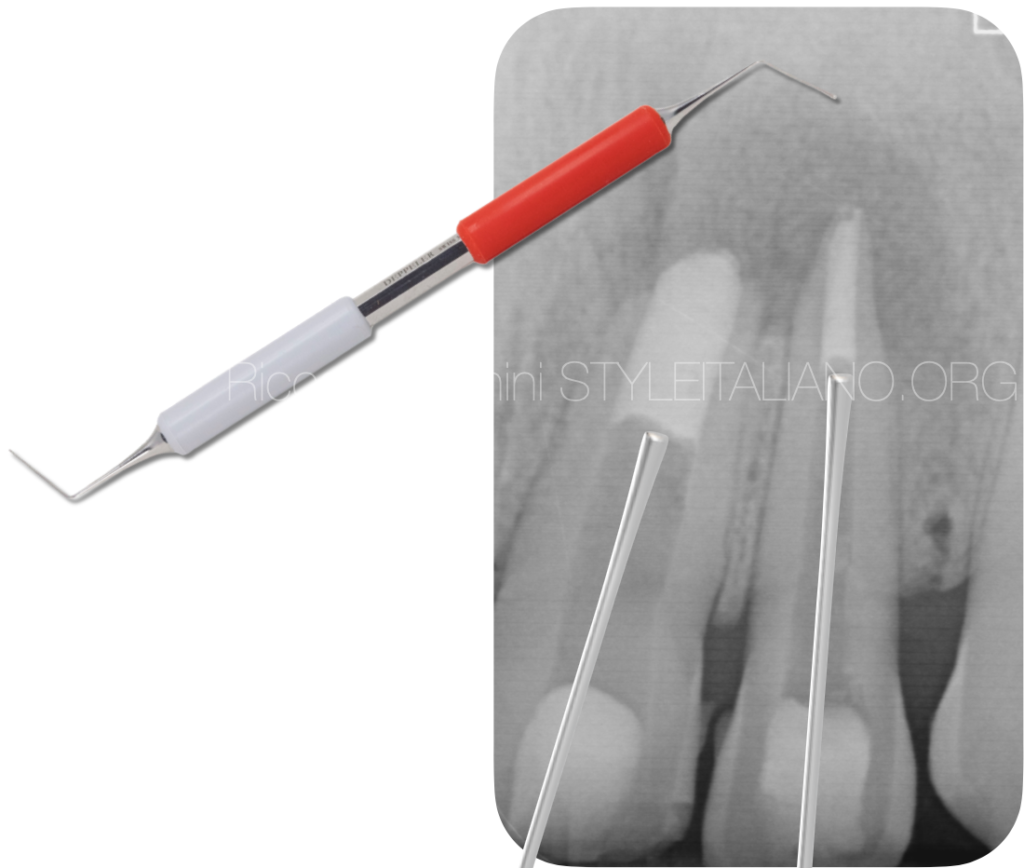
Prexo as new plugger for the ideal MTA apical plug
03/02/2022
Riccardo Tonini
Warning: Undefined variable $post in /var/www/vhosts/styleitaliano-endodontics.org/endodontics.styleitaliano.org/wp-content/plugins/oxygen/component-framework/components/classes/code-block.class.php(133) : eval()'d code on line 2
Warning: Attempt to read property "ID" on null in /var/www/vhosts/styleitaliano-endodontics.org/endodontics.styleitaliano.org/wp-content/plugins/oxygen/component-framework/components/classes/code-block.class.php(133) : eval()'d code on line 2
MTA apical plug still represents a gold standard procedure for permanent sealing of the apexes of different sizes. The precise and controlled placement of this material is always intended and Prexo M plugger showed the best flexibility and tip design for a controlled adaptation of MTA in the apical zone regardless of apical size diameter.
MTA adaptation in the apical area represents always a challenge for the clinician due to the variable consistency of the material and different apex sizes. As already demonstrated by Giovarruscio et al. the adoption of de-sheathed Thermafil carriers as flexible MTA pluggers provides improved control and consequently a reduced risk of MTA extrusion in cases of canals with wide apices. Recently a new metal plugger named Prexo M has been introduced on the market and it has shown ideal characteristics like flexibility and a drop shape tip of 0.75mm from one side, that ensure a perfect tactile sensation for MTA application in the apical area.
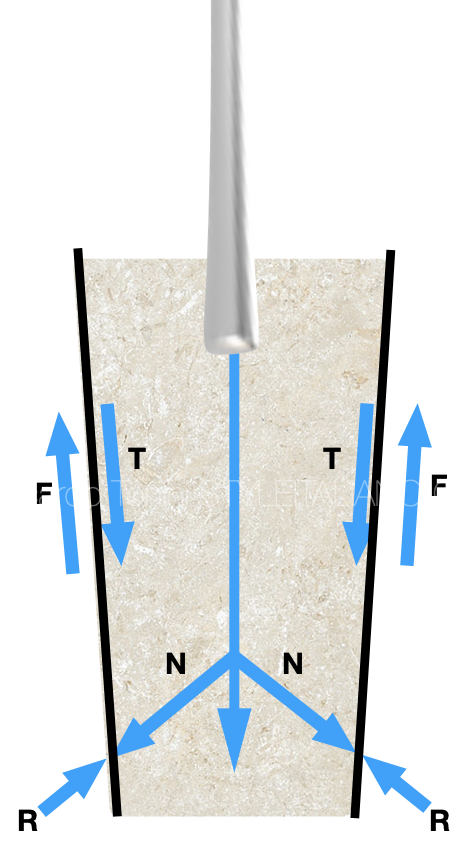
Fig. 1
Vectorial decomposition of the compaction force between two inclined planes. Plugger, compaction force that can be decomposed into tangential force (t) and normal force (n). r, reaction force; f, friction force; R, resulting force.

Fig. 2
PrexoM plugger: One side of the plugger has the drop shape design with rounded angles at the edges. The reverse shape continues along the body and at the curvature level decreases of 1/3 compared to the tip diameter (0.75mm). In this way during MTA adaptation the tactile sensation transferred to the operator is ideal in order to understand material consistency and if it is too dry the plugger will flex at curvature level.
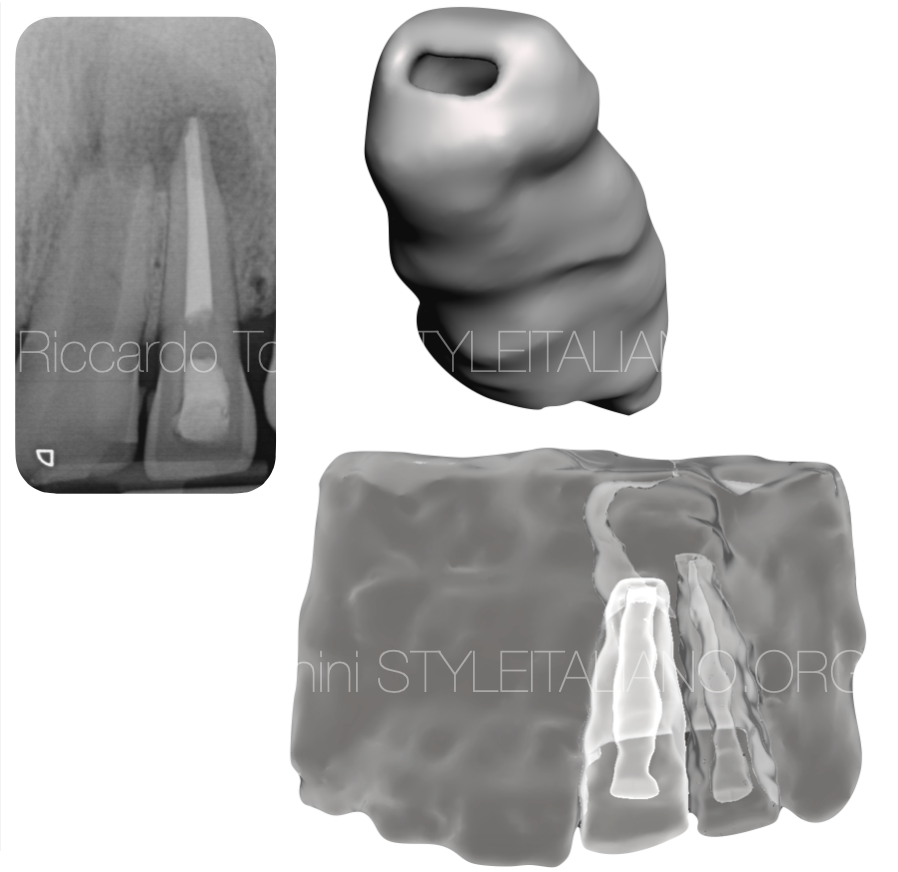
Fig. 3
This clinical case shows two upper incisors with apical lesion and different apical sizes. The treatment plan consists into the retreatment of 2.1 and treatment af 2.1. In both cases MTA apical plug represents the ideal treatment technique.
Clinical video of PrexoM in action for compaction of MTA in both teeth. 4mm of MTA has been placed and immediately after the backfilling made with GP.
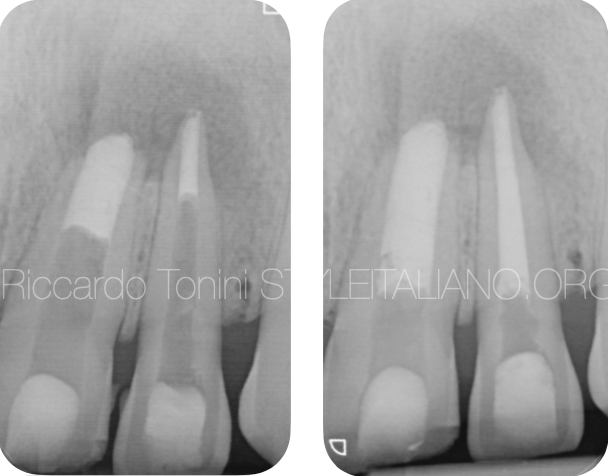
Fig. 4
X-rays of the previous case
Another retreatment case of 2.1. PrexoM has been used for resorbable matrix application beyond the apex and for MTA application.
Conclusions
A versatile instrument useful for different purposes is exactly what a clinician needs. PrexoM is a plugger with an unique shape able to transfer to the clinician’s fingers all the informations needed for managing properly a tricky material like MTA.
Bibliography
- Rafter M(2005)Apexification:a review. Dental Traumatology21.1-8.
- Stephen Cohen, Kenneth M. Hargreaves. Pathways of the pulp, St Louis, Missouri, Mosby 2006, 622.
- Giuliani V, Baccetti T, Pace R, Pagavino G. The use of MTA in teeth with necrotic pulps and open apices. Dent Traumatol. 2002 Aug;18(4):217-21.
- Hachmeister DR, Schindler WG, Walker WA 3rd, Thomas DD.The sealing ability and retention characteristics of mineral trioxide aggregate in a model of apexification. J Endod. 2002 May; 28(5):386-90.
- Giovarruscio M, Uccioli U, Malentacca A, Koller G, Foschi F, Mannocci F. A technique for placement of apical MTA plugs using modified Thermafil carriers for the filling of canals with wide apices


